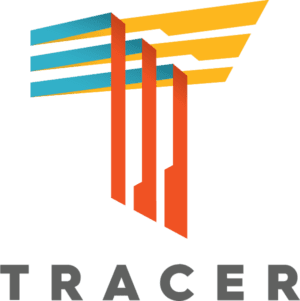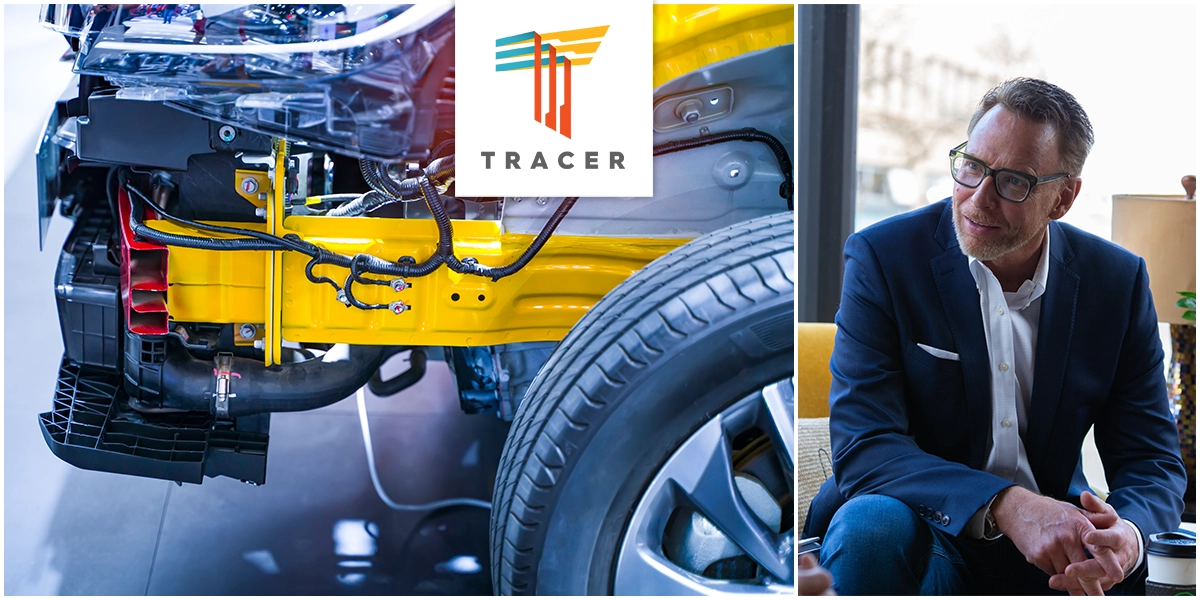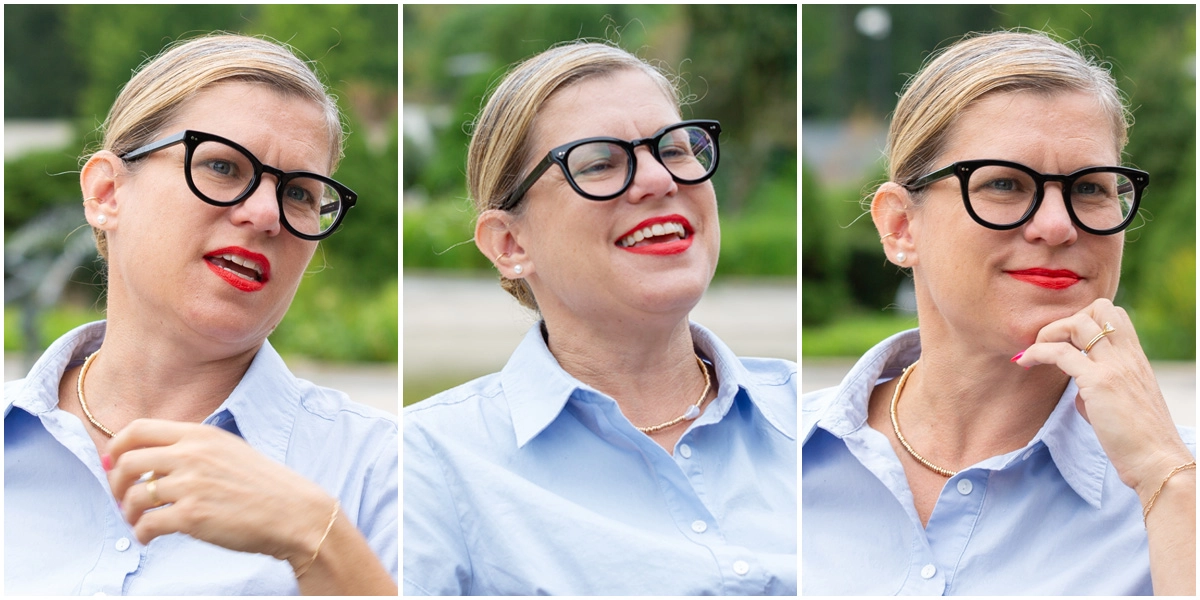In Part One of our interview, Tweddle Group’s Ryan Pike recounted the origins of TRACER™, a groundbreaking electrical diagnostics platform. He also discussed the early impact of TRACER on OEM assembly lines.
In Part Two, Ryan went under the hood to explain how TRACER works, and outlined the formula for a successful implementation.
In the final portion of our interview, Ryan reveals some of the statistics to emerge around TRACER’s implementation. He explains how he identifies other industries that might benefit from its diagnostic accuracy, and reflects on his own journey with the platform.
What statistics have you seen regarding the transformation TRACER creates in a proper integration?
The goal is always 90-92% plus accuracy in what’s known as ‘steady state’.
Once you have everything properly mapped, you start your production process and you’re running.
You might see anomalies TRACER doesn’t parse. For example, if there’s a last-minute engineering change where a particular harness changes but it’s not ingested by the system. In those cases, TRACER only knows it can’t read the new harness because it doesn’t match up with the numbers it’s been given. The platform reads what’s there and checks it against what it already knows.
When you’re in the ramp-up phase on a new production vehicle, there’s, “Oh, we put the wrong wire harness in as we were doing the launch.” TRACER immediately flags it and it shouldn’t happen again.
"The goal is always 90-92%-plus accuracy in what’s known as ‘steady state’."
So, in that phase, TRACER identifies the correct issue nine times out of 10.
That’s really good. It won’t nail it 100% of the time due to those unexpected build variations, you know—engineering changes where TRACER was not told what to expect.
So, the goal is 9+ out of 10.
Is that goal attainable?
It is. Nine out of 10 failures, TRACER finds the precise root cause and directs the technician to the right spot and that’s what we achieve across the majority of plants.
So, over 90% of the time, they don’t have to destroy the vehicle or spend a bunch of time on it.
Yep, that’s right. They’re not misdirected. It’s just way more efficient.
What industries still stand to be aided by this technology, then? Where would you like to see TRACER go next?
Now that it’s a proven, battle-hardened electrical diagnostics technology I think we see a huge opportunity to make a difference outside the automotive space. We’re working with farm equipment and tractor companies both in the US and abroad.

How do you identify which industries TRACER can help?
Well, it’s down to the types of products or technologies a manufacturer creates. It’s down to trouble code complexity, really. An appliance manufacturer, where the products don’t have trouble codes or where the trouble codes don’t appear in complex clusters—there’s not much room there.
So, we certainly have indicators that qualify a particular client:
Does the product have electrical diagnostics?
Does it have trouble codes and failure modes?
If it does, then yes, the platform can make a huge difference for your factory testing and for your field technicians.
So, for example, a dishwasher…?
Right. A dishwasher would need to have certain build information, a consistent build process.
Does it have variation? What is included on the appliance from an electronics perspective? Simple non-technical applications would not see the benefit comparatively speaking, so we have limited engagement with those products or markets.
If it doesn’t have that level of DNA specificity, so to speak, then TRACER won’t have any sort of foothold to assist the client.
"Does it have trouble codes and failure modes? If so, then yes, This platform can make a huge difference for your factory and your field technicians."
I mean, it stands to reason a powerful tool would be looking for certain criteria.
Right. We’re talking to some of the largest farm and heavy equipment OEMs in the world. These companies have more sophisticated product lines. You’ll see significant variation in their product portfolios. This means it’s a perfect target for TRACER’s application.
If they want to run TRACER on particular machines or specific components, then we ask if they map the electronics problems to particular failure codes. If the answer is yes, then we can diagnose, and they WILL gain meaningful efficiencies.
If we can get the powertrain, get the add-on implements such as harvesting heads and plow heads, and so forth, or any other component that throws fault codes, we can work with it.
If it throws fault codes and the fault codes are connected to components, then it will work.
When we talk to a manufacturer, it’s very important for us to know and believe we can make a difference for them. We pre-qualify any prospective client with a detailed requirements document and collect all pertinent information in face-to-face meetings before we’ll agree to draft a proposal. It’s possibly the most important part of the process.
One team member here, Laura McGowan, is talking to a manufacturer whose watercraft throws a lot of DTCs. That’s a perfect opportunity for us to step in and help in a “non-traditional market” with a new electrical diagnostics application.
What has it been like for you, personally, to see TRACER come in and transform the efficiencies involved here, to see what different organizations have been able to achieve?
It’s been exciting for me to see the project grow from concept through implementation and to success for our ownership. I enjoy working with the technology folks, streamlining and making it more efficient. I’ve learned a lot along the journey.
You know, it’s also been exciting to see the team grow from people that aren’t ‘technical’ into folks who very much are.

Our Director of Program Management—Michele Roeske—has long said she’s ‘not a technical’ person. Well, she’s become very astute, and she has indeed become a very technical person. She might not want to admit it. Our clients and team members trust her guidance and expertise. That’s the ultimate sign that you’ve morphed into something different, something new! It’s been cool to see the team develop all these new skill sets.
And as we grow into places like Mexico, Italy, Poland, Spain, France, and possibly even Brazil, we’re becoming a lot more international in our mindset. Folks on the team who were used to staying on their home turf are being asked to grow and branch out into new regional and geographic areas. And they’re stepping into it well. With this expansion, we have new blood joining the team on the technical side—really sharp folks like Josh Daien—and they bring a fresh perspective to electrical diagnostics. They challenge the experts to look at things differently. There’s no substitute for proven experiential-based team leadership like Chris Boni, aka “Professor Boni”, who’s been at the helm since TRACER’s inception. But the complexion of our business unit is changing.
As the project has grown, we’ve all grown and evolved, too, and that’s gratifying. It really is.
Well, fantastic, Ryan. Thank you again. Stay warm if you’re in Michigan right now*.
I definitely am, and I will. Thank you!
To learn more about TRACER, visit tweddle.com/offerings/diagnostic-tools/tracer/
*We conducted this interview January 17, 2024
Special thanks to the Office Coffee Shop, Royal Oak, MI, for hosting our chat with Ryan



